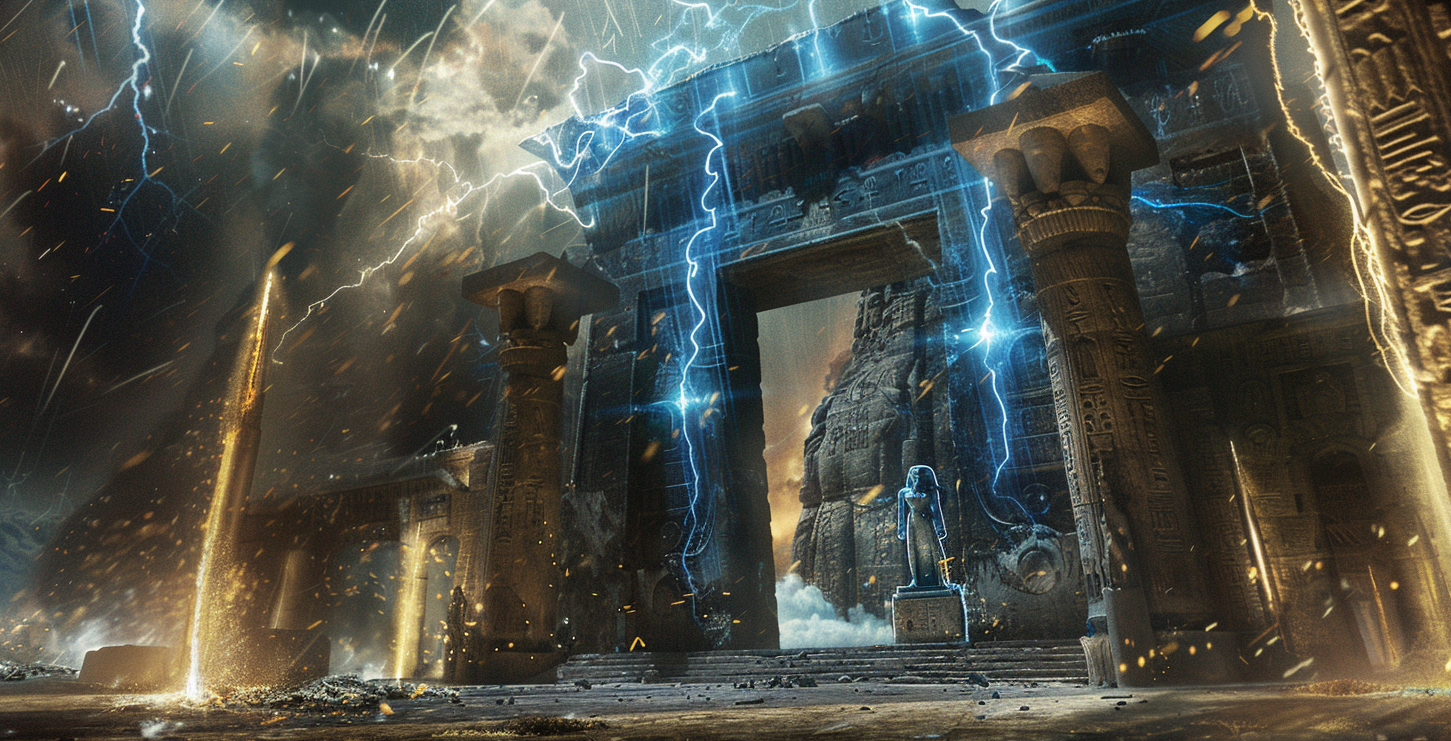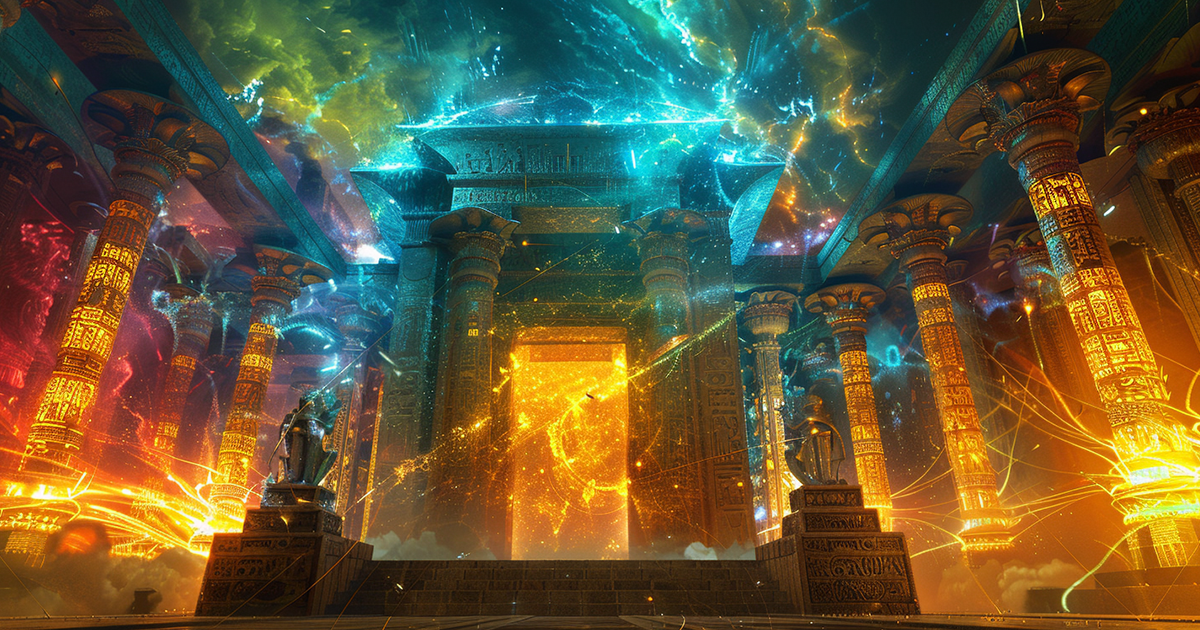Deep within the revered Hathor Temple at Dendera, Egypt, rests a unique relief known as the Dendera Light. This intricate carving showcases a bulb-shaped object linked to a power source by twin serpents, sparking theories about advanced lighting techniques or even electricity implemented by the ancient Egyptians. Let’s plunge into the history and symbolism surrounding the Dendera Light, exploring the myriad interpretations of this puzzling artifact.
Unearthed on the ceiling of the Hathor Temple in the late 19th century, the Dendera Light relief has captivated archaeologists and Egyptologists with its mysterious depiction. Etched into the sandstone ceiling, the relief depicts a central bulb encircled by lotus blossoms, while two serpents extend downwards from the bulb towards what seems to be a power source or electrical generator.
One theory regarding the Dendera Light relief proposes that it could represent the utilization of sophisticated lighting techniques or electricity by the ancient Egyptians. Advocates of this concept highlight the bulb-like structure as evidence of an early electric lamp or torch, interpreting the serpents as pathways for conveying electrical energy. This notion aligns with ancient Egyptian texts and artwork portraying serpents as symbols of power and energy.

Furthermore, some researchers suggest that the Dendera Light relief might symbolize the notion of divine illumination or enlightenment within ancient Egyptian beliefs. Hathor, the deity linked to the temple, often appeared with solar and celestial attributes, symbolizing light, wisdom, and cosmic harmony. Consequently, the inclusion of a light source in the temple could have been intended to signify spiritual enlightenment or the divine presence of the goddess.
Nevertheless, skeptics propose alternative interpretations of the Dendera Light relief, advising against ascribing excessive significance to its depiction. They contend that the relief could be purely symbolic or ornamental, rather than indicative of genuine technological advancements. Moreover, lacking concrete proof of ancient Egyptian usage of electricity or advanced lighting technology, the true meaning behind the relief remains speculative.
An additional interpretation of the Dendera Light relief suggests that it might represent a ceremonial or ritualistic object rather than a practical lighting apparatus. In ancient Egyptian religious ceremonies, symbolic objects and imagery often served to evoke specific concepts or invoke divine blessings. As such, the Dendera Light relief could have been crafted as a representation of the eternal light of the sun or the divine radiance of the goddess Hathor, rather than a functional light source.
To conclude, the Dendera Light relief endures as a captivating mystery that continues to fascinate and puzzle scholars and enthusiasts alike. Whether viewed as a testament to ancient Egyptian technological achievements, a symbolic portrayal of divine illumination, or simply an artistic expression, the relief stands as a testament to the intricacies of ancient cultures and the timeless pursuit of knowledge and insight.
